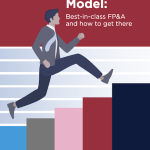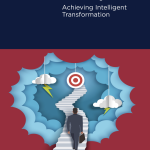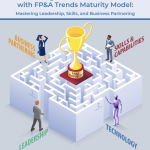On March 5th, 2024, FP&A leaders convened in Michael’s Page office in New York to discuss and learn more about the FP&A Trends Maturity Model. This time, among the attendees were people who joined other FP&A Boards around the world (in Dubai, London, etc.). That said, events hosted by the International FP&A Board not only provide a platform for FP&A professionals to share and learn from each other but also facilitate connections across industries and countries. 25 senior finance professionals from Colgate-Palmolive Company, Unilever, Diageo, Hitachi Vantara, Sony Pictures Entertainment, Fox Corporation, Veolia Water Technologies and Solutions and many other companies attended the event.
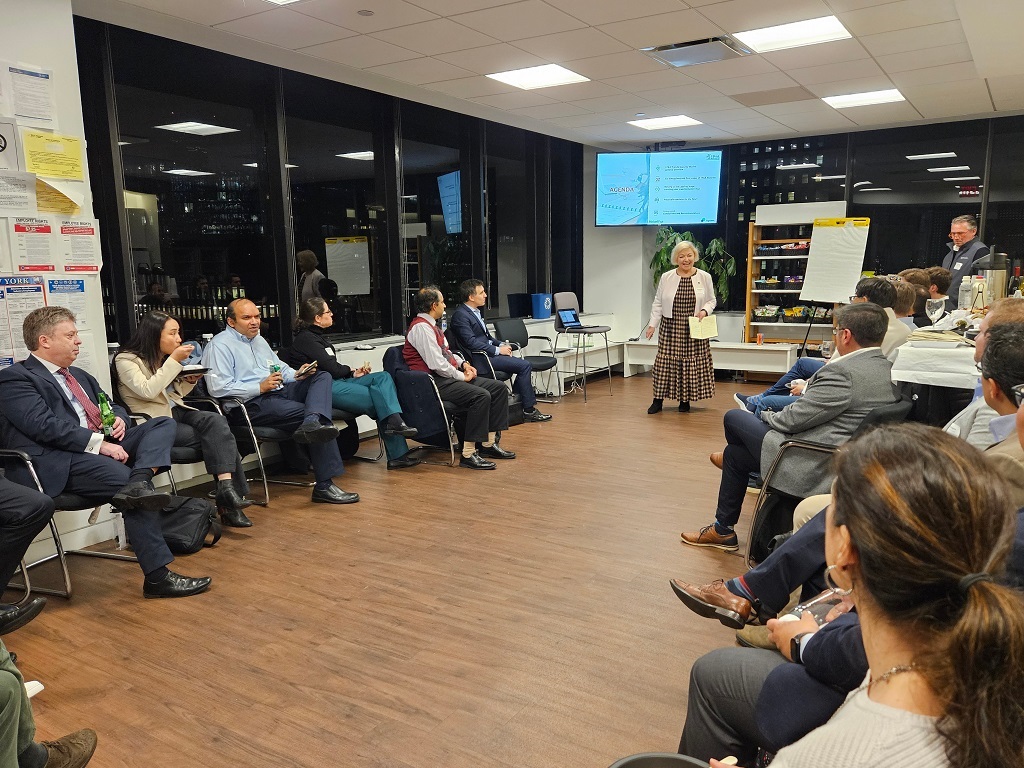
Figure 1: New York FP&A Board №11, March 2024
This meeting was sponsored by Pigment in partnership with Michael Page.
What Are the Obstacles Preventing Us from Embarking on FP&A Transformation?
The event commenced with the introductions. Notably, about a quarter of the participants attended an FP&A Board meeting for the first time. During introductions, each participant was asked to identify the prevalent obstacle to FP&A Transformation. Senior FP&A leaders identified conservative systems, inefficiencies, outdated processes, talent lacking in data-driven and data-science capabilities, slow automation and integration, and an overwhelming volume of data as major challenges. A recurring phrase, “we can sometimes be poisoned by data”, echoed through the evening. Other key terms circulating through the event were automation, integration, Artificial Intelligence (AI)/Machine Learning (ML), change, and flexibility.
At present, data remains a significant challenge for FP&A teams and entire organizations, often causing more chaos than clarity. With an abundance of data and limited time for processing and analysis, businesses are grappling with the rapid changes in today's business landscape. The discussion underscored the persistent focus on attracting the right talent, even though it may take time to find individuals with the right skill set who are both technically and financially savvy.
The New York FP&A Board members also explored the results of the 2023 FP&A Trends Survey, highlighting the most critical factors for FP&A change, with leadership and culture topping the list. Leadership buy-in and support are crucial for any successful transformation, as well as understanding that change programs often face resistance across organizational branches.

Figure 2
The FP&A Trends Maturity Model Can Help You Tailor Your Path to FP&A Transformation
The focus of the meeting was on the FP&A Trends Maturity Model. While it was familiar to some of the participants, it remained a completely new concept for many others. The participants learned that the FP&A Trends Maturity Model was conceived in London in 2016 and emerged as a logical and valuable transformation tool for FP&A functions. The FP&A Trends Survey results were also discussed at the meeting, indicating that a significant percentage of traditional FP&A systems are still outdated and lacking the necessary flexibility. Despite the availability of modern solutions, many leaders still rely on traditional tools like Excel. However, the reliance on traditional systems, tools, and reporting doesn’t help when dealing with quite a lot of uncertainty in a current data-driven world.
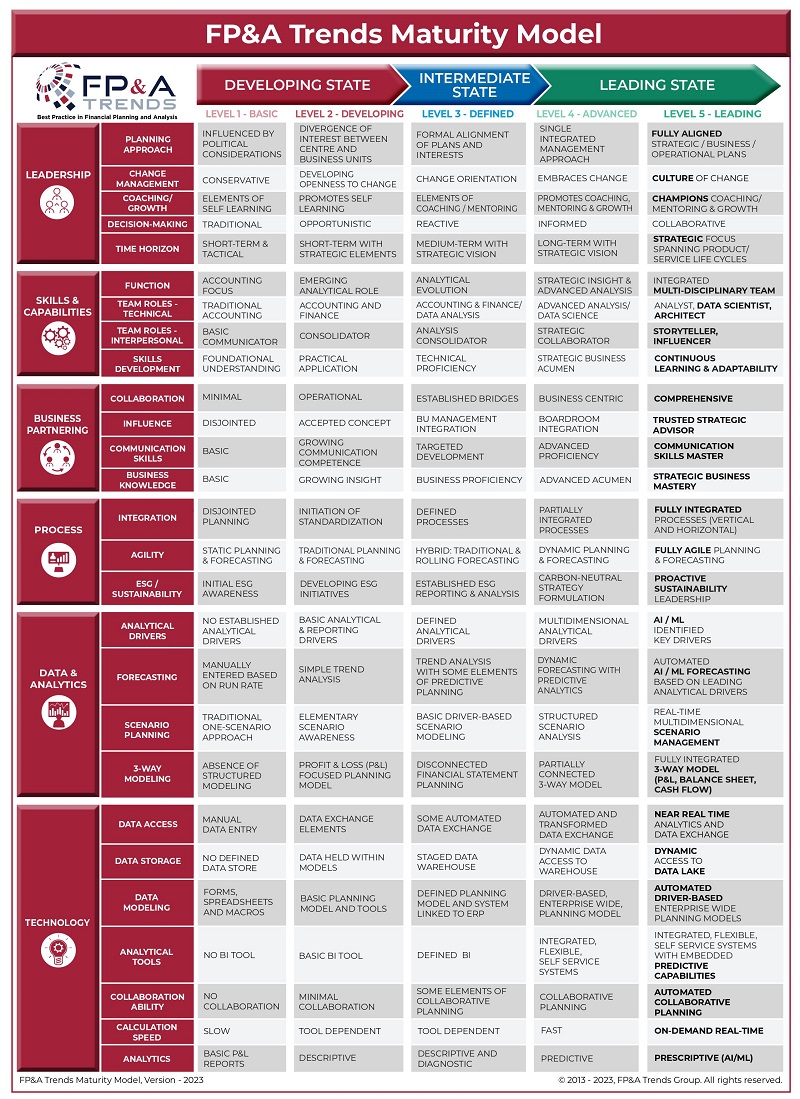
Figure 3: The FP&A Trends Maturity Model
The discussion also delved into various FP&A processes, such as automation and the challenges associated with AI/ML implementation. Transformation, as it was emphasized, should encompass more than just systems; it is a combination of various factors. The FP&A Trends Maturity Model serves as a powerful tool for assessing the status of the FP&A’s function in an organization and guides towards optimal performance and decision-making. Serving as a benchmark, it is a very logical and helpful transformation tool.
FP&A leaders were asked how they were dealing with uncertainty at their companies. An active discussion about the technological solutions used and their respective pros and cons followed this question. It turned out that quite a few companies still rely on traditional old Excel when more modern solutions are already available. The participants also discussed how FP&A can successfully leverage AI. One leader shared that they had already integrated Excel with AI, and the results were amazing, as it allowed for flexibility that was not available before. However, it is important to keep in mind that every business is unique, and a solution that works for one is not necessarily the best choice for another. Currently, only 12% of companies have a truly modern system, and that number is not growing. That is why we’re still very much mostly traditional in FP&A.
The participants also discussed FP&A processes and ideal tasks for automation. To embark on a successful transformation, organizations must answer key questions:
- What insights do we truly need?
- Which direction should we pursue?
- What holds true meaning for us, and what is meant by “poisoned by data”?
One of the attendees introduced an analogy likening the available information to the iceberg which sunk the Titanic. As 90% of data is hidden “under water”, do we need to go to such depths for an insightful and flexible analytical solution that will be helpful? Maybe just the visible 10% of information is enough to help steer a company in the right direction?

Figure 4
Insights from Group Work
The FP&A Trends Maturity Model and its dimensions were further discussed in smaller groups.
Group #1 discussed and presented the practical steps to reach a leading FP&A maturity stage from the point of view of data and models.
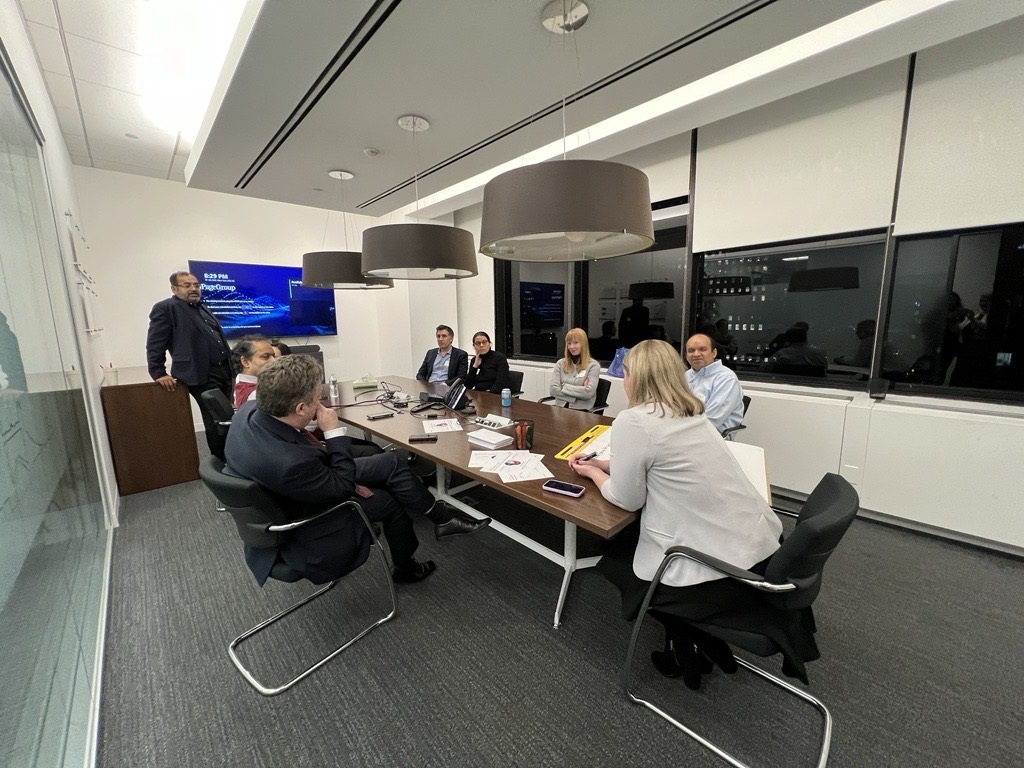
Figure 5: Group Work, New York FP&A Board №11, March 2024
The group concluded that data accuracy was a priority. Creating a culture where people would be encouraged to analyze and challenge the accepted model and question the “status quo” was also mentioned. If talent just runs a model without challenging the process by which it is run, the process gets stale. It is more beneficial when data is democratized. Neither data nor the model should belong to one specialist who knows its ins and outs as it presents a risk to the function. There should be more collaboration and more eyes on the model(s).
Group #2 discussed practical steps to reach the leading maturity stage from the point of systems and processes.

Figure 6: Group Work, New York FP&A Board №11, March 2024
The participants discussed the importance of aligning processes with core systems. They discussed the pros and cons of customization compared to standardization. They touched upon the preference for the top-down approach as well as the importance of alignment and definition of processes. It is important to define, document and leverage the systems for their better use. Design your systems to be the best in practice. It is important to make sure the senior leadership believes that analytics is critical for decision-making. They should be on board with all the changes.
Group #3 discussed how to reach the leading maturity stage from the people and culture aspect. It all starts with trust. It is imperative to foster cross-functional collaboration. It is also important to provide value before stakeholders ask for it. Being proactive is also a very important asset in finance. Storytelling and influencing were also discussed.
Conclusions
The FP&A Trends Maturity Model created by the International FP&A Board members is a very powerful tool to help assess the direction the company needs to go for optimal performance and improved decision-making. In essence, the FP&A Trends Maturity Model serves as a compass for organizations navigating the evolving modern landscape, offering valuable insights and strategies to unlock their full potential to become the best-in-class.


